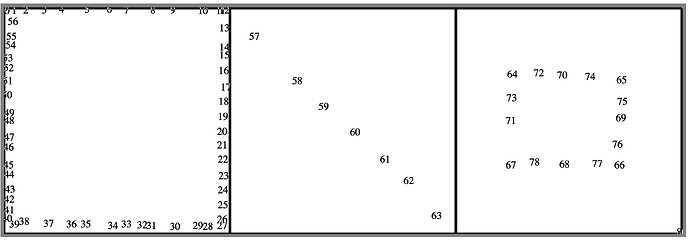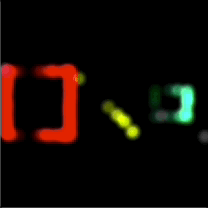Feature request that I think we’ve talked about in person before:
Adding an additional dimension to the mapping function. So each pixel would have x, y, z, and e mapping. This would allow for adding ‘masks’ to patterns, based on this 4th dimension.
The use cases I have for this is are:
- Turn signals and brake lights on my 3D mapped bike and connected wearables, without totally overriding the pattern being shown
- Pathway lighting for whole-room lighting grids (like my Cloud Ceiling)
- I want to be able to ‘flip a switch’ and have parts of my room/hallway (walkways) light up white for better visibility, while the pattern still runs
- Adding text to a display (i.e. the There U Glow sign)
This extra dimension would be particularly used along side the ‘global’ code feature that others have requested
Workarounds I’ve tried/thought about:
For my bike and ceiling:
- I could distort the mapping, adding a small value (i.e. 0.00001) to an existing dimension to mark the pixels for special use, but filtering for this later is clunky
- Use very specific logic based on 3D coords to try to only add the turn signal/brake light effect to the areas I want, but this is not a general solution and would cause unintended effect with each new wearable I connect
For the sign: - I believe Hannah used the Z-dimension mapping to hard-code the text for the There U Glow sign. That strategy doesn’t work for 3D mapped objects, meaning I can’t have my 3D mapped wearables/art set up as followers of the sign

